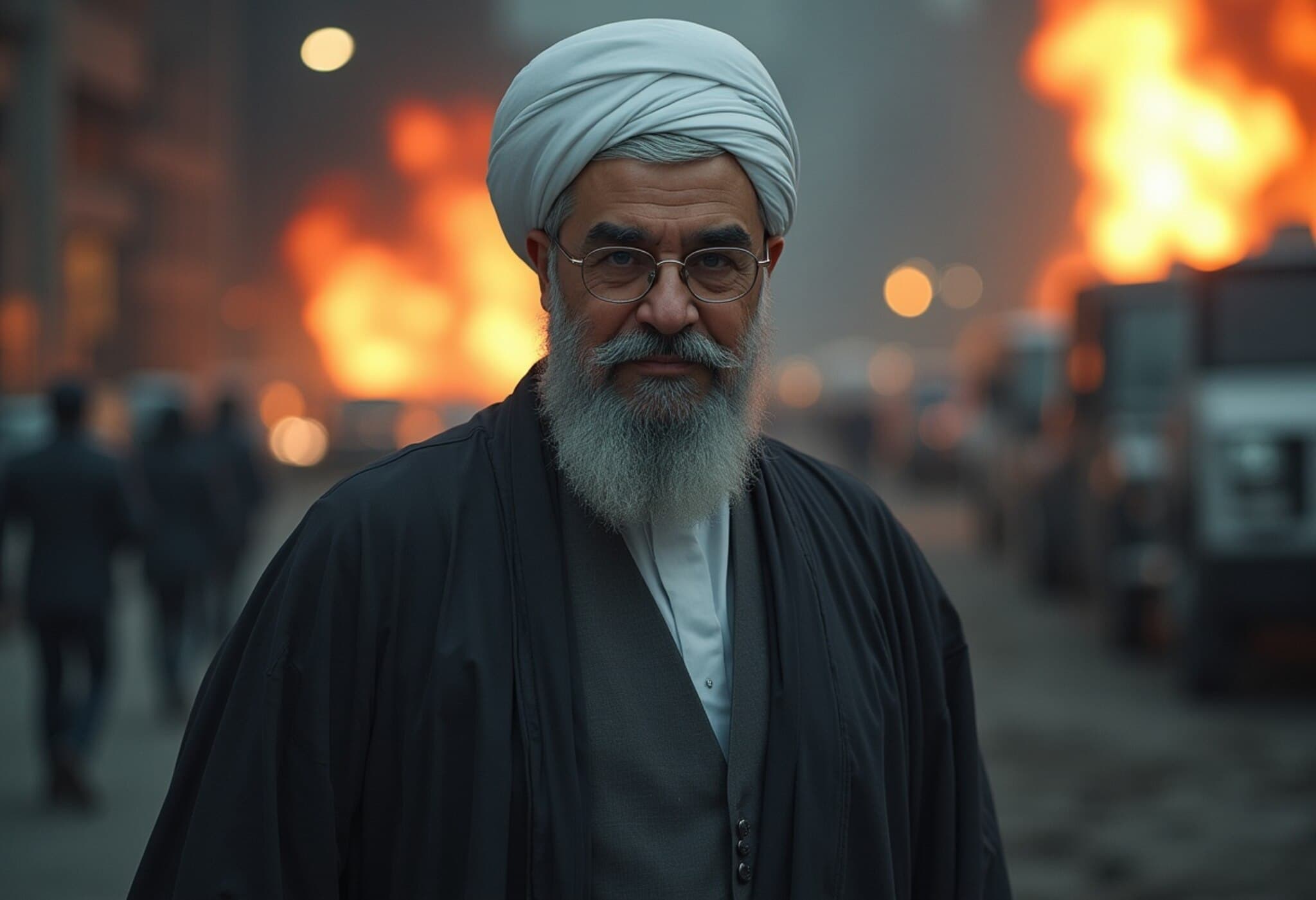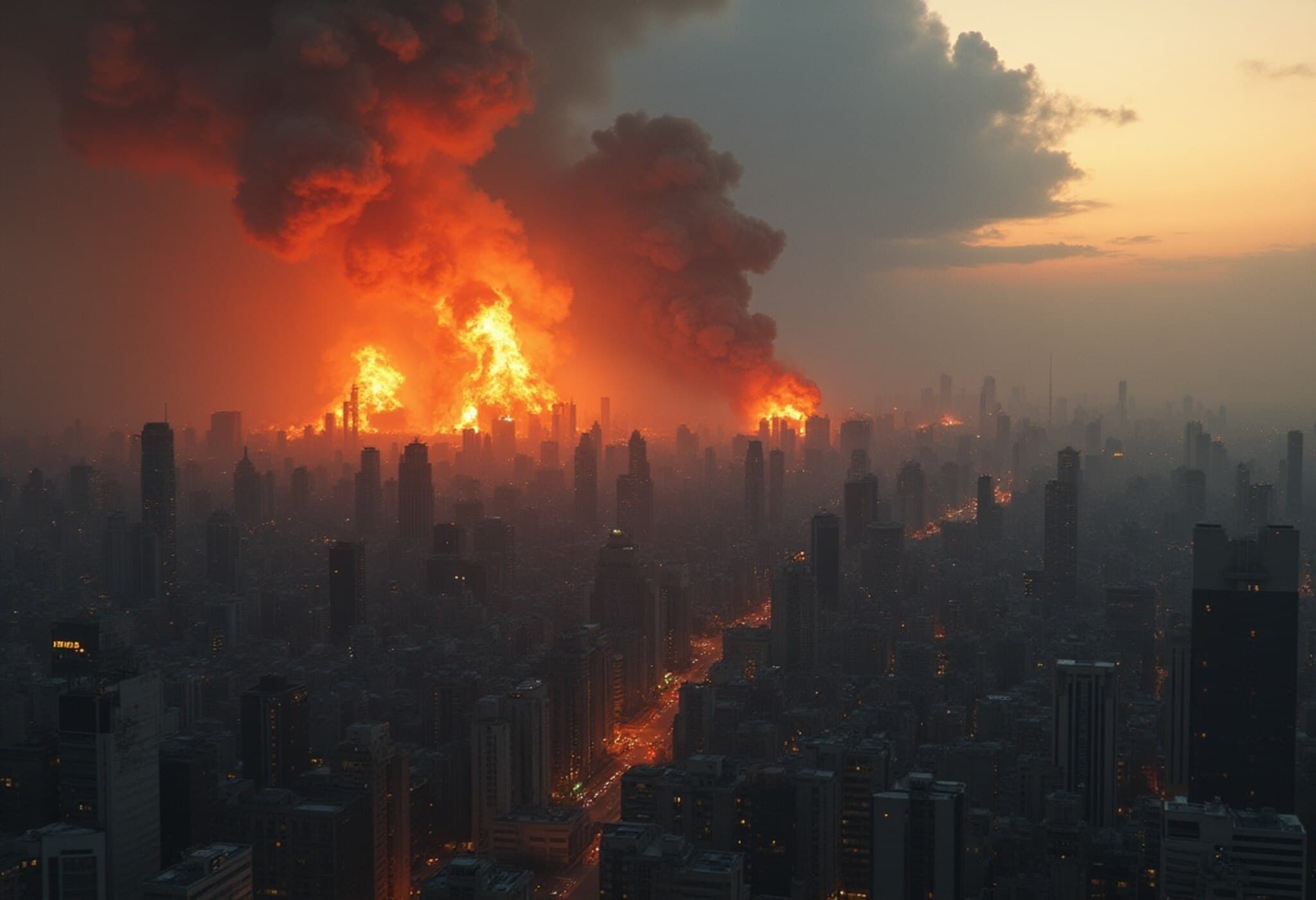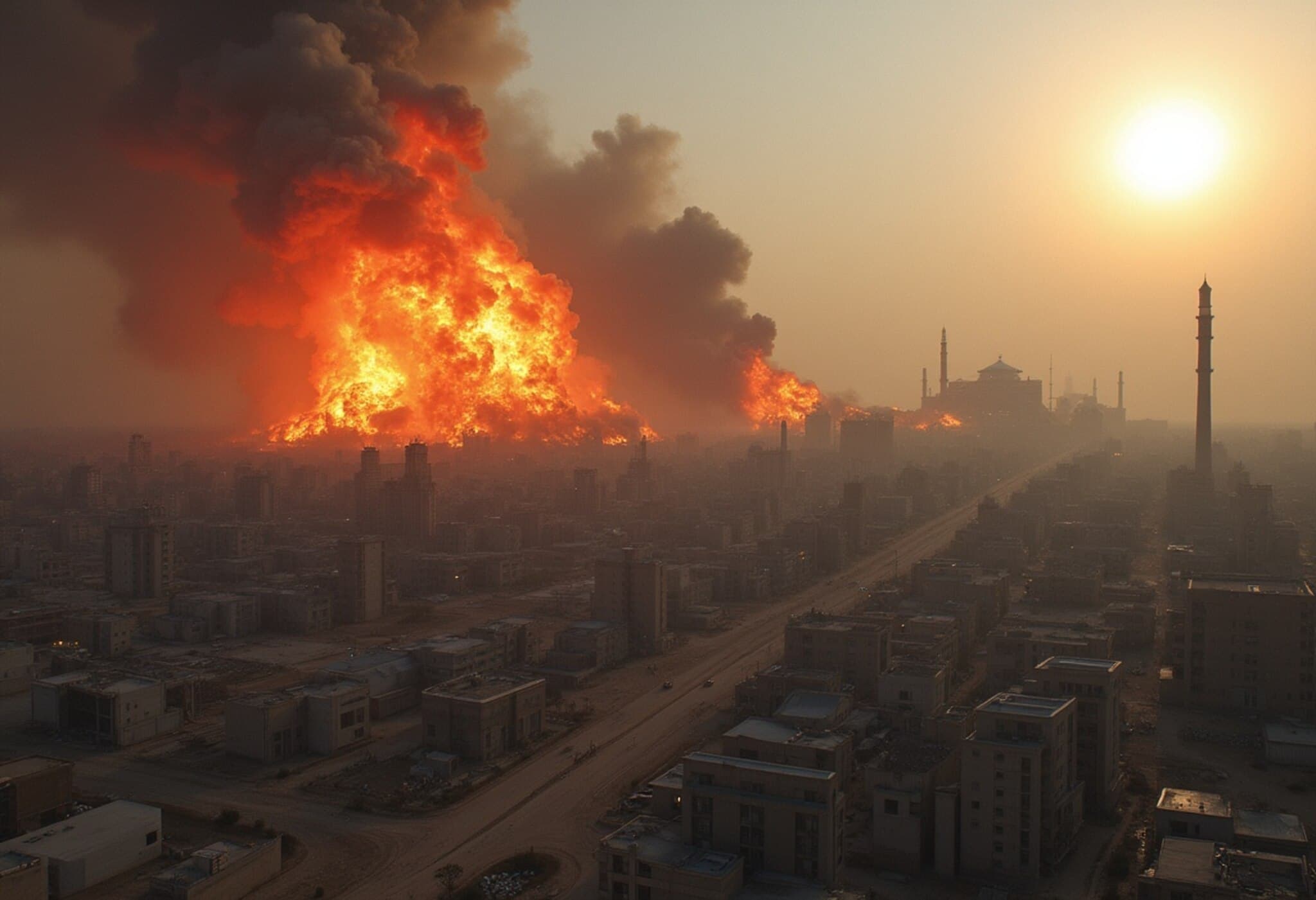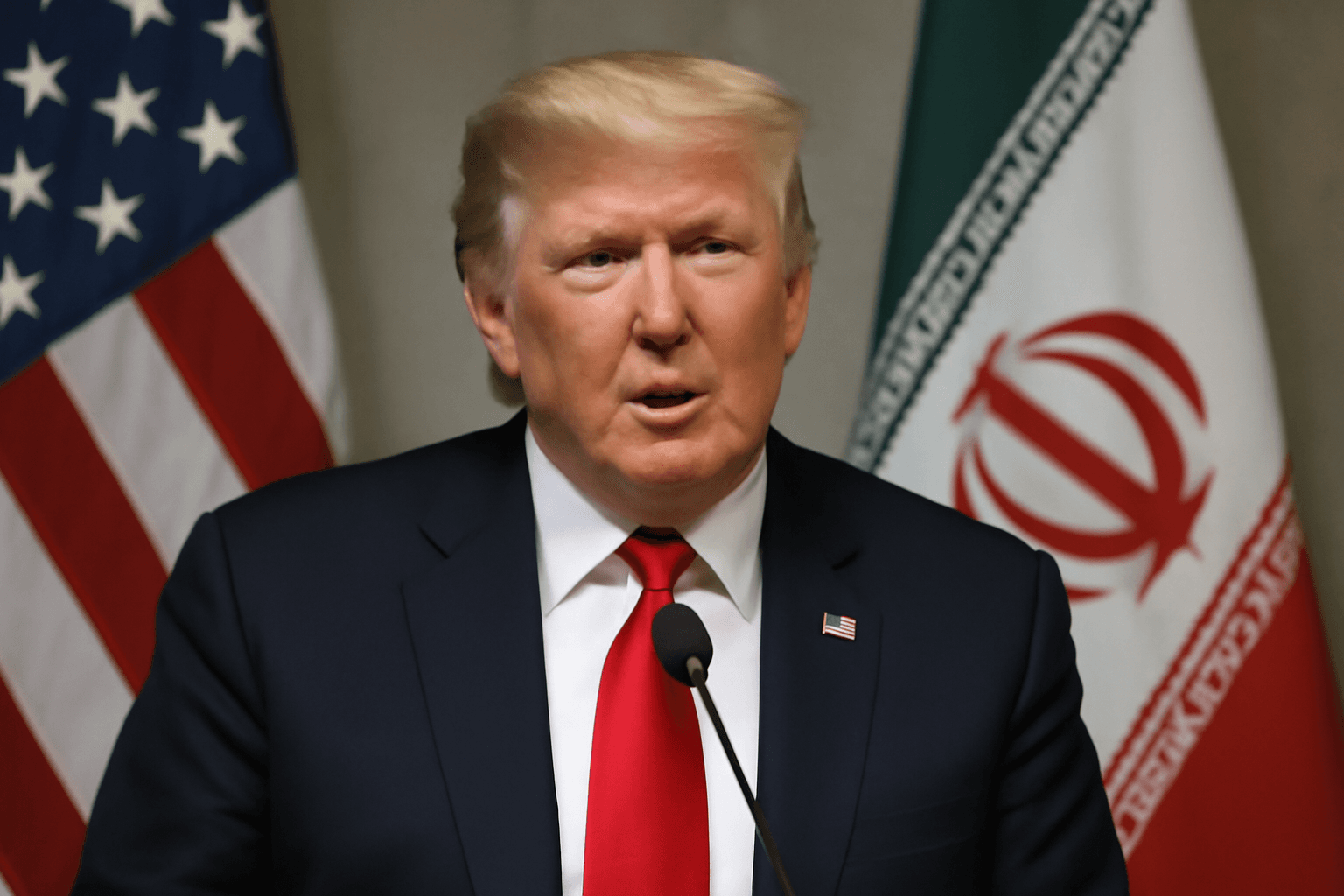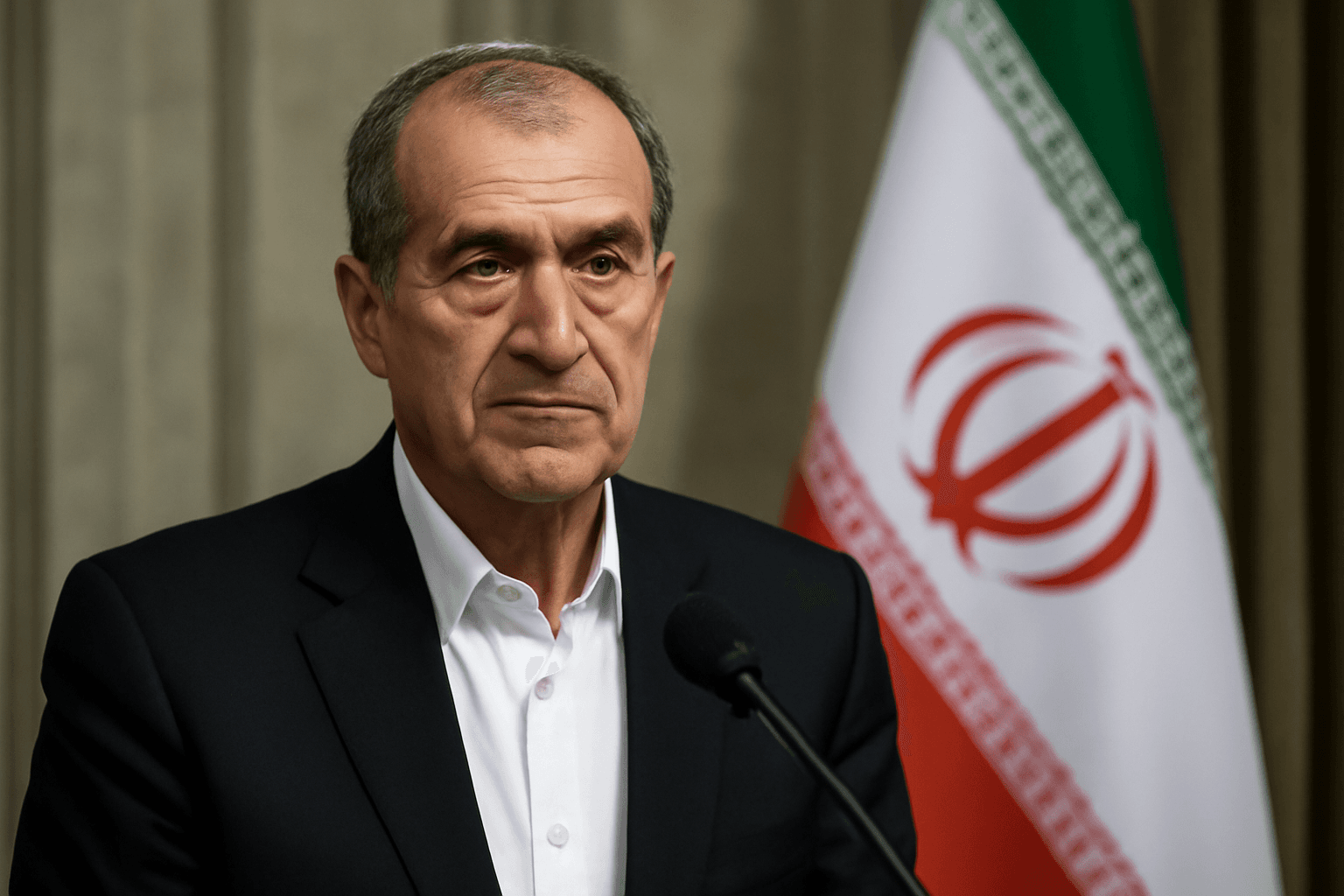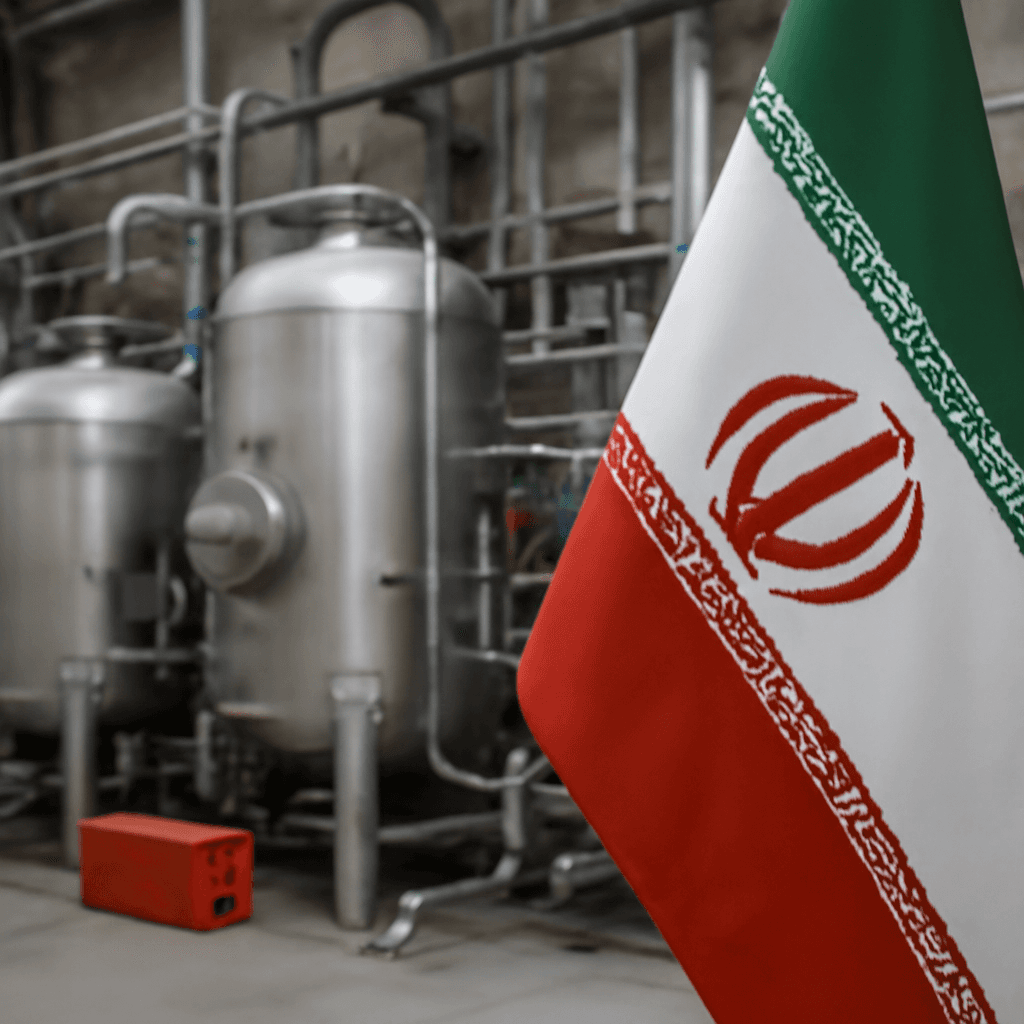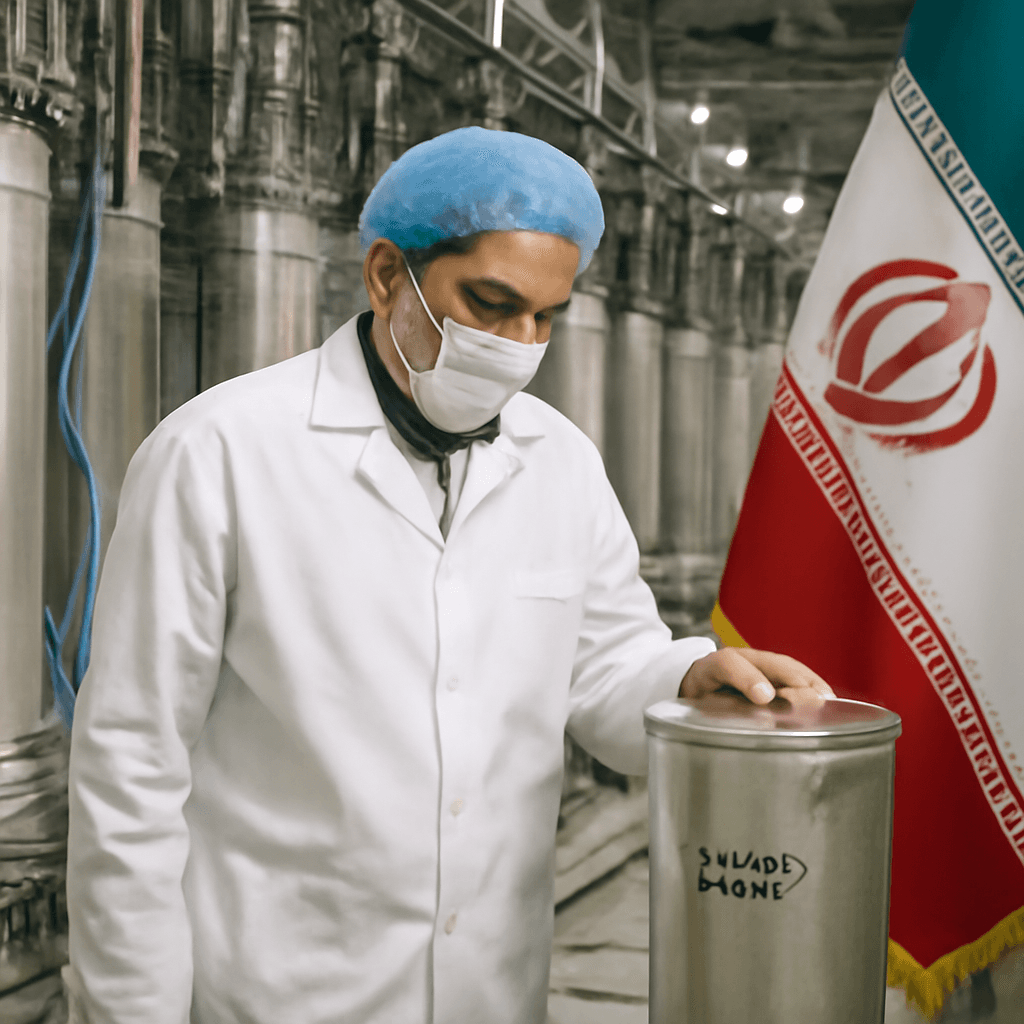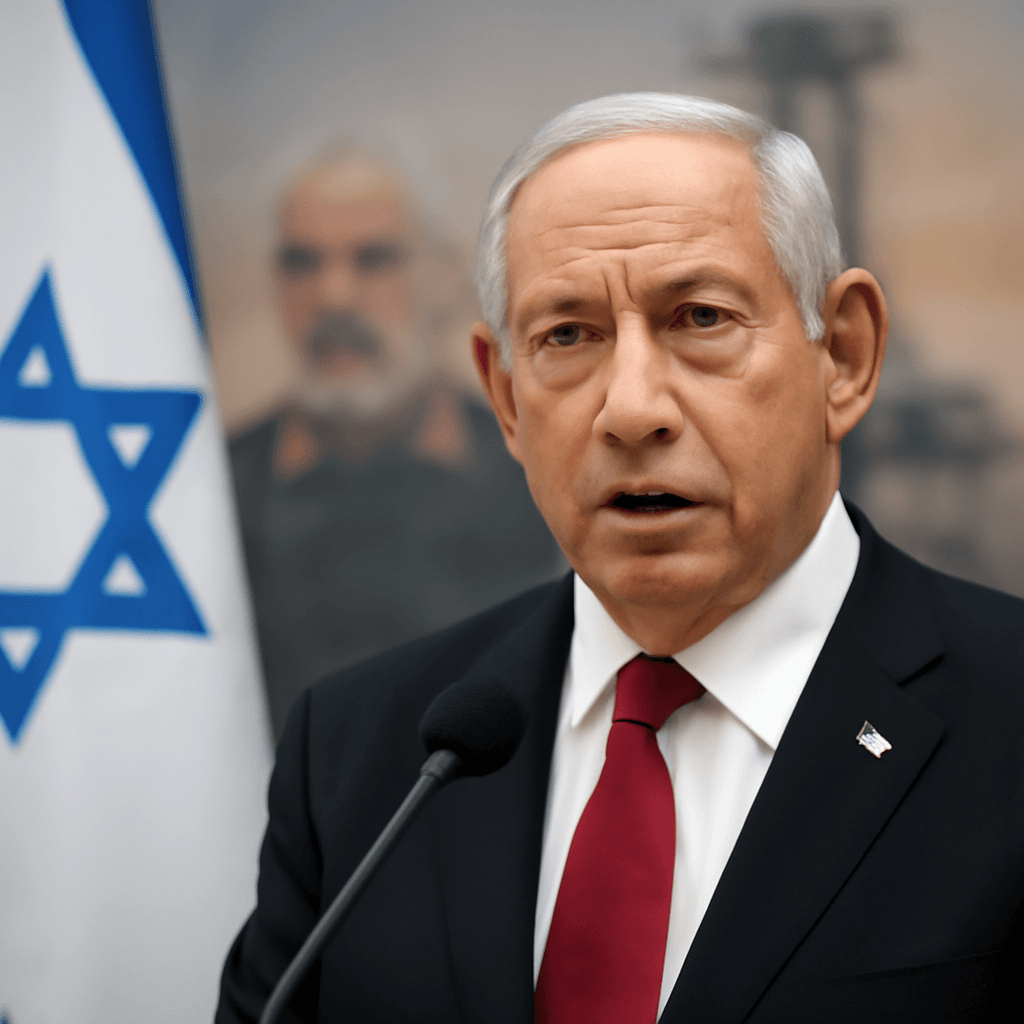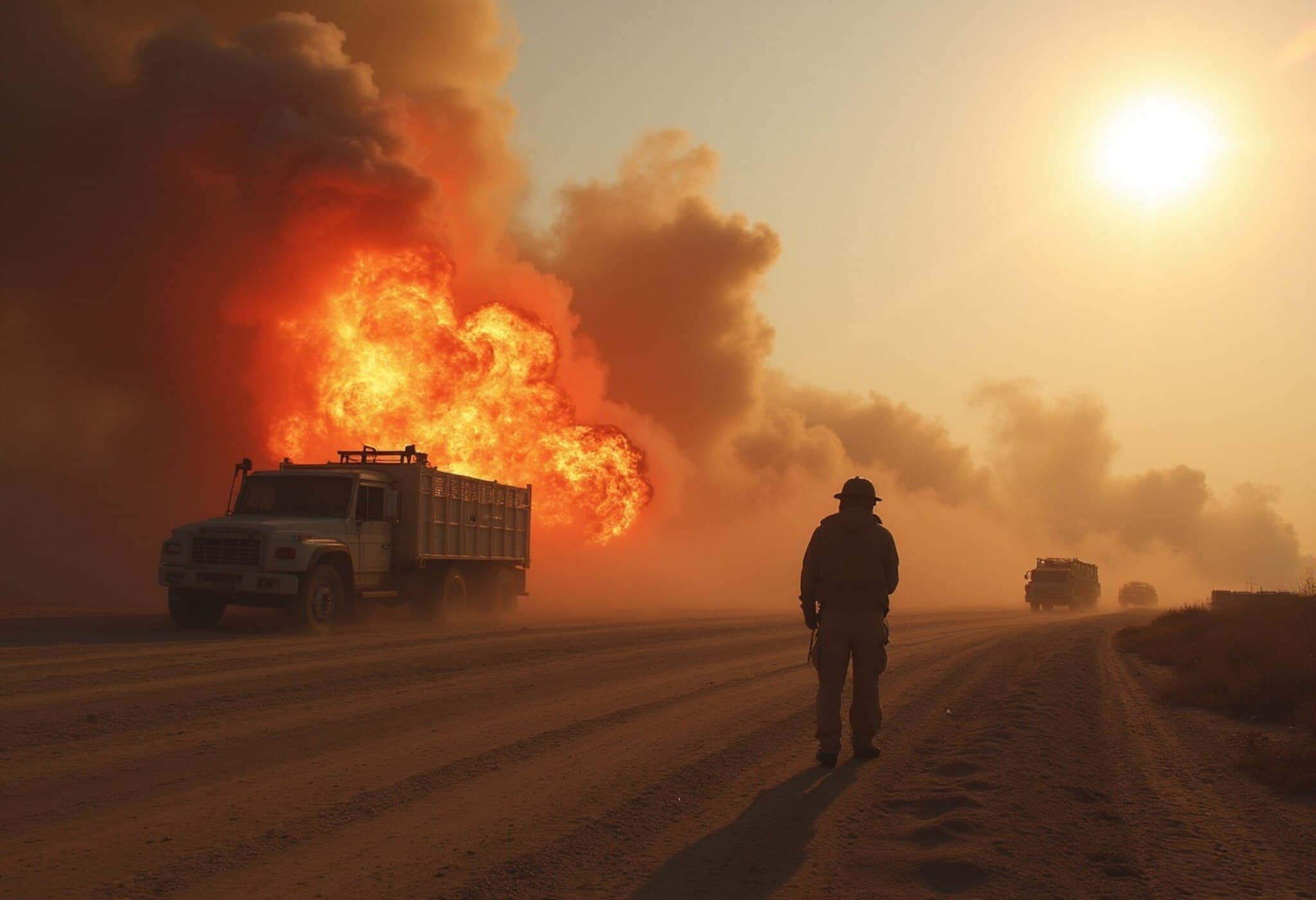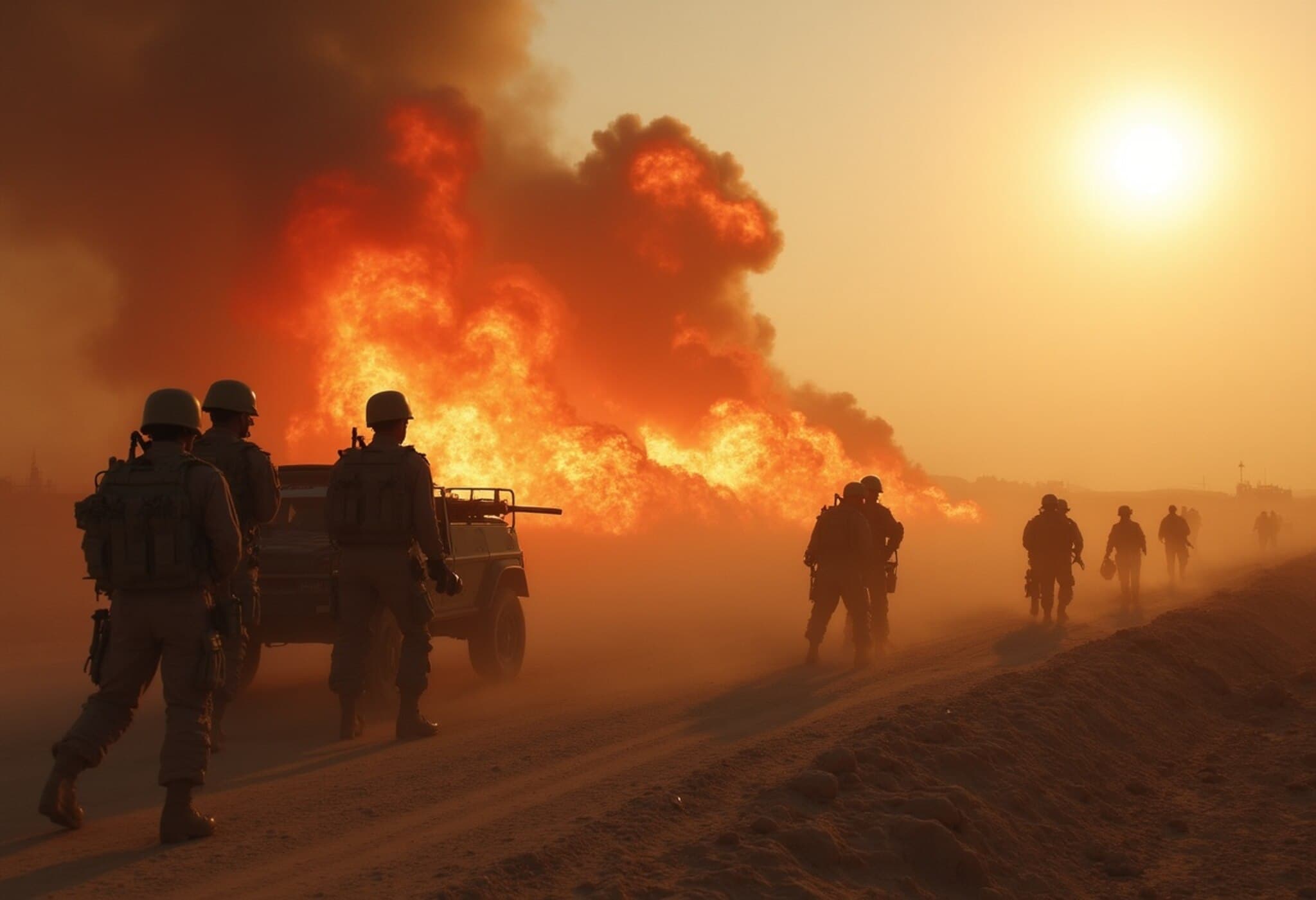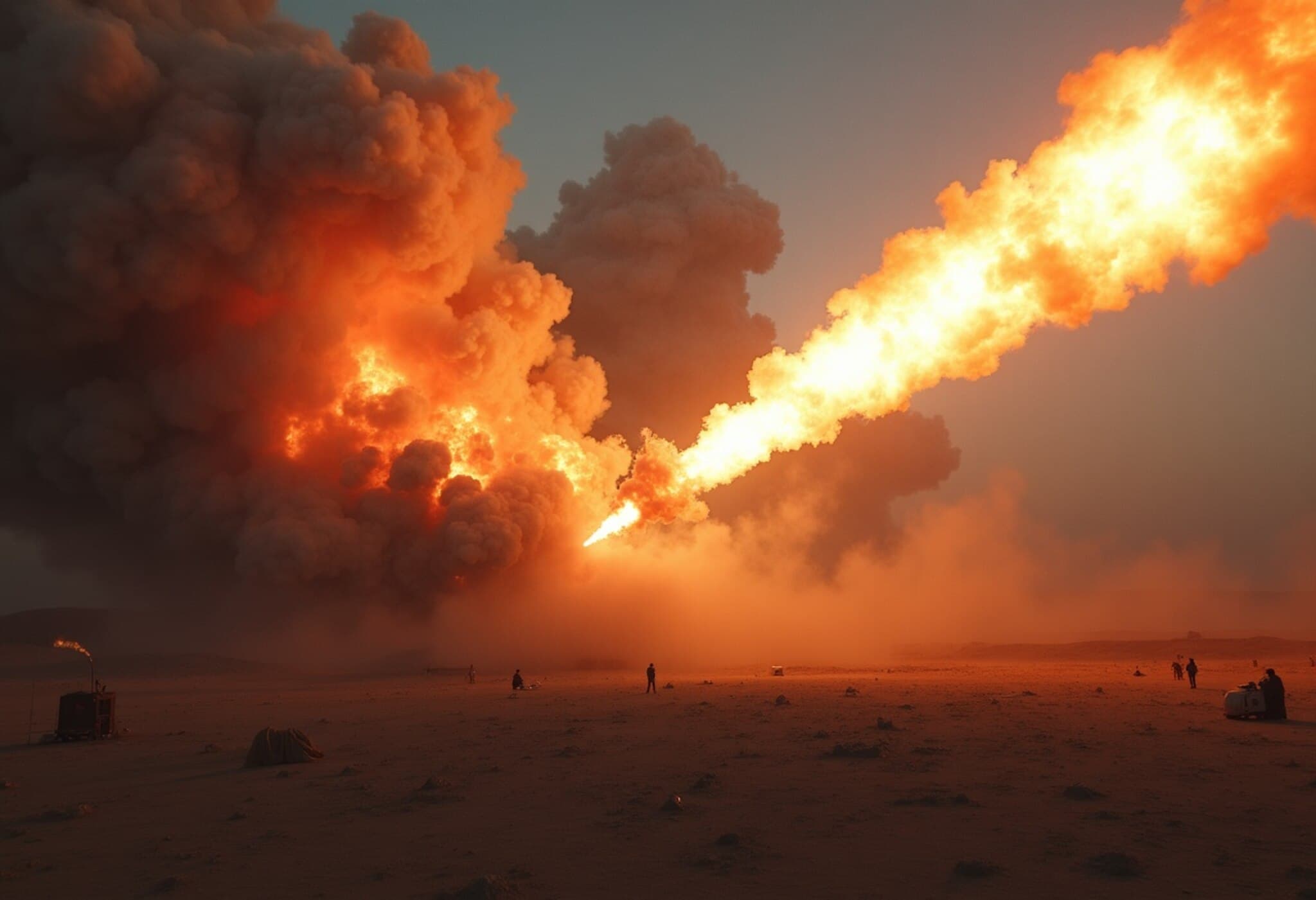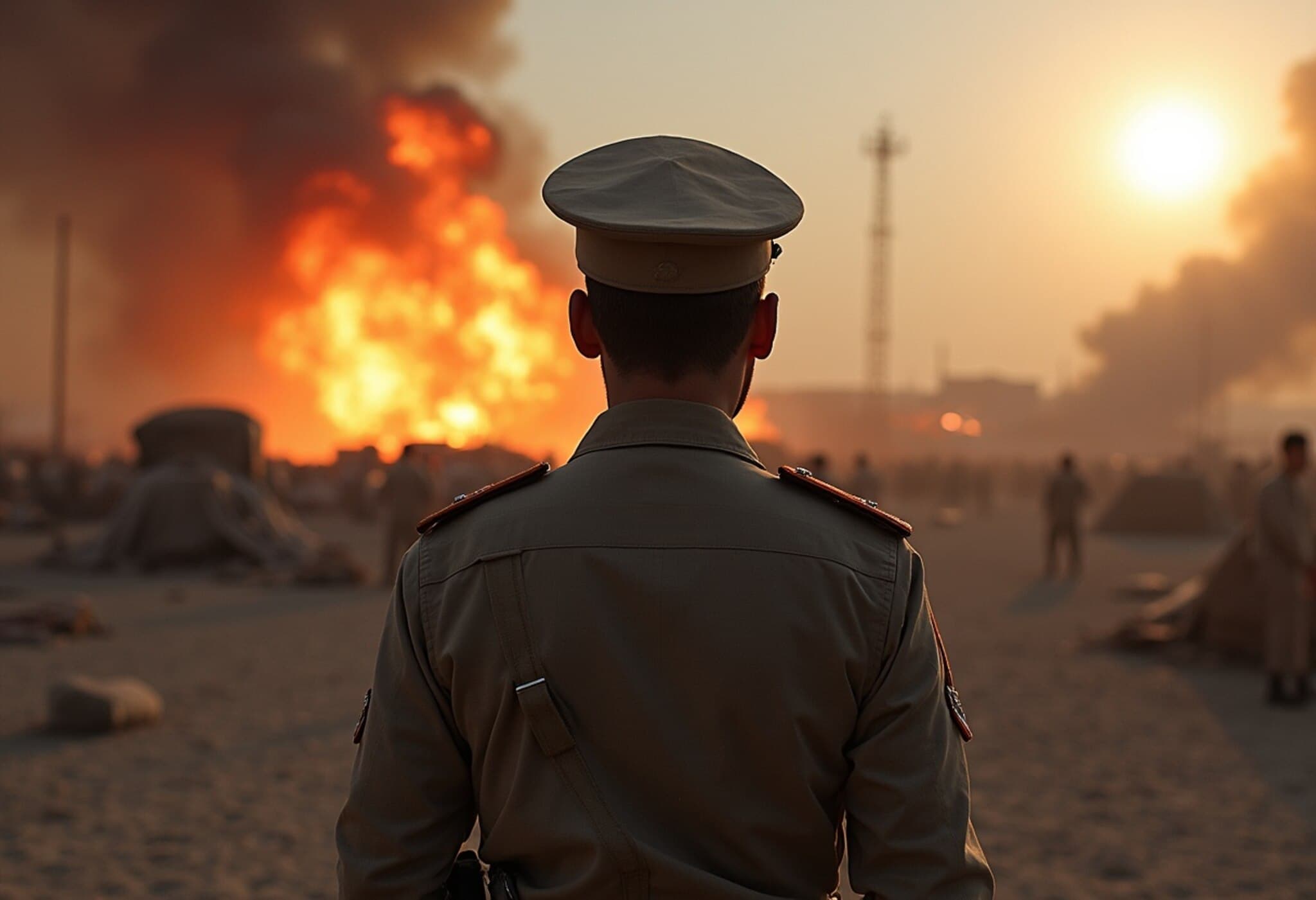The Curious Case of 'Jeff' in Nuclear Weapon Counts
Recently, as global tensions edge closer to a new nuclear brinkmanship, a puzzling question has captured public imagination: who is 'Jeff,' and why is this name associated with 10 nuclear weapons in certain charts?
This enigma emerged when a bar chart detailing the world’s nuclear arsenals featured typical countries such as Russia, the United States, and China. Yet, surprisingly, it also listed 'Jeff' — an unfamiliar name, displayed without any flag or explanation, suggesting the existence of a shadowy, unrecognized nuclear actor.
Decoding 'Jeff': Not a Country, But a Data Library
Contrary to conspiracy theories imagining 'Jeff' as a rogue state or clandestine arms holder, the truth is far more mundane. 'JEFF' stands for the Joint Evaluated Fission and Fusion File, a comprehensive nuclear data library curated by the OECD Nuclear Energy Agency. This resource compiles critical nuclear reaction data used across Europe for civilian purposes, including power generation, nuclear medicine, and reactor safety.
The appearance of 'Jeff' as a nuclear arsenal holder was due to a labeling error, where this data source was mistakenly identified as an entity owning weapons. This misinterpretation underlines how easily complex nuclear information can be misread and propagated, especially when presented without context.
Meanwhile, The Real Nuclear Issue Remains: Iran’s Ambitions
While online conversations spun tales about 'Jeff,' the tangible global nuclear concern revolves around Iran’s advancing nuclear program. The current administration reiterates a firm stance: Iran must not acquire nuclear weapons.
Historical Context and Current Developments
- Origins: Iran’s nuclear efforts began in the 1950s under US-supported initiatives, focusing on peaceful energy and medical applications.
- Post-Revolution Shifts: After 1979, foreign involvement ceased, but nuclear development resumed with aid from other nations.
- International Scrutiny: Discoveries of concealed enrichment sites in the early 2000s led to suspicions and increased inspections.
- 2015 JCPOA: Iran agreed to limits and inspections to curb nuclear ambitions in exchange for sanctions relief; however, the US withdrew in 2018.
- Current Status: As of 2025, Iran enriches uranium up to 60% purity—close to weapons-grade—and is estimated to be weeks away from having sufficient material for a bomb if it chooses to proceed.
This progression has prompted sharp warnings from leadership focused on preventing any shift in the regional nuclear balance.
Understanding the Layers Behind Nuclear Data
Ultimately, the ‘Jeff’ confusion is a vivid example of the challenges inherent in interpreting technical nuclear data without context. As global nuclear politics grow increasingly complex, clear communication and precise information become all the more vital to avoid misunderstandings that can spark misplaced fears or misinformation.


